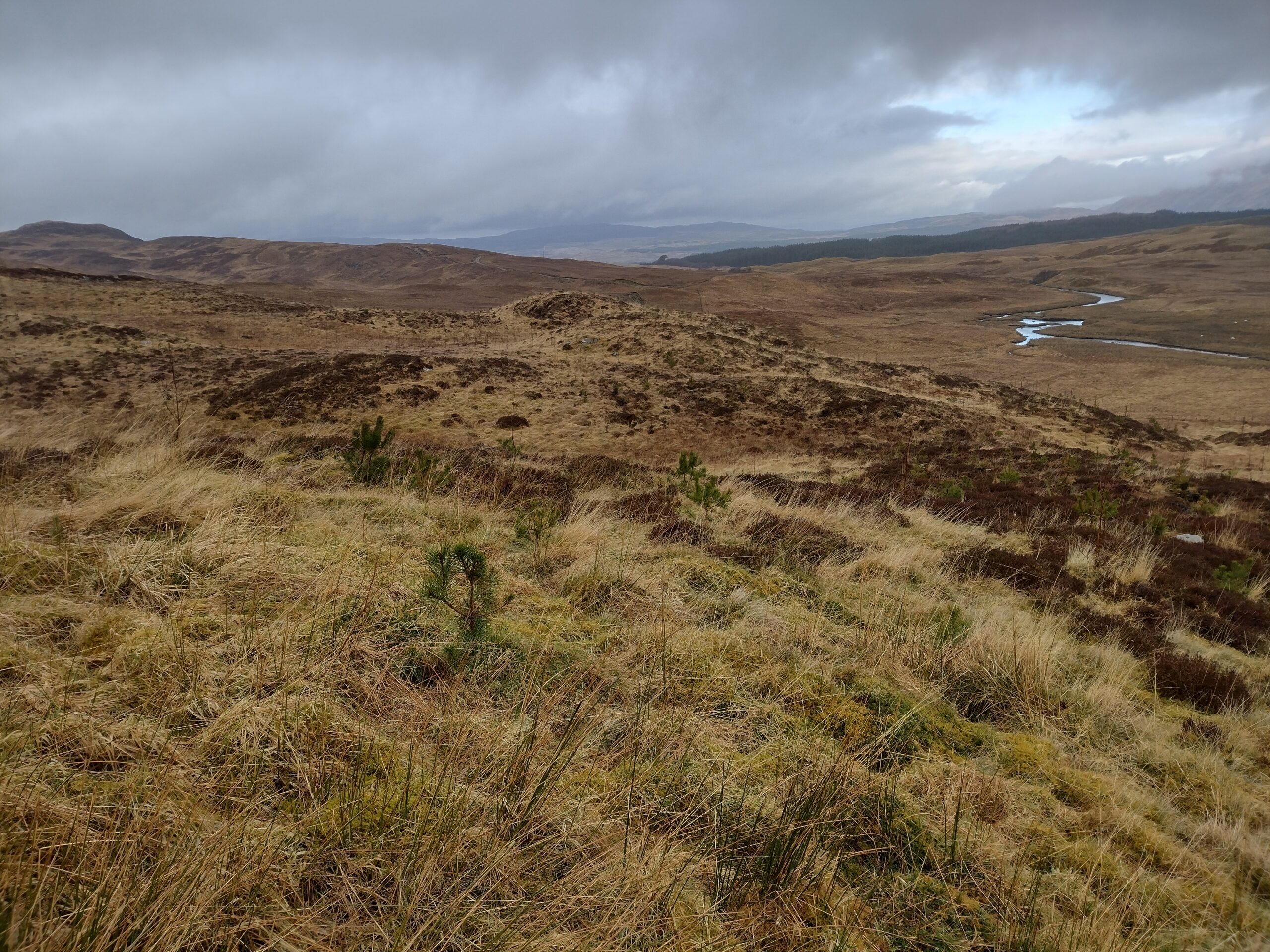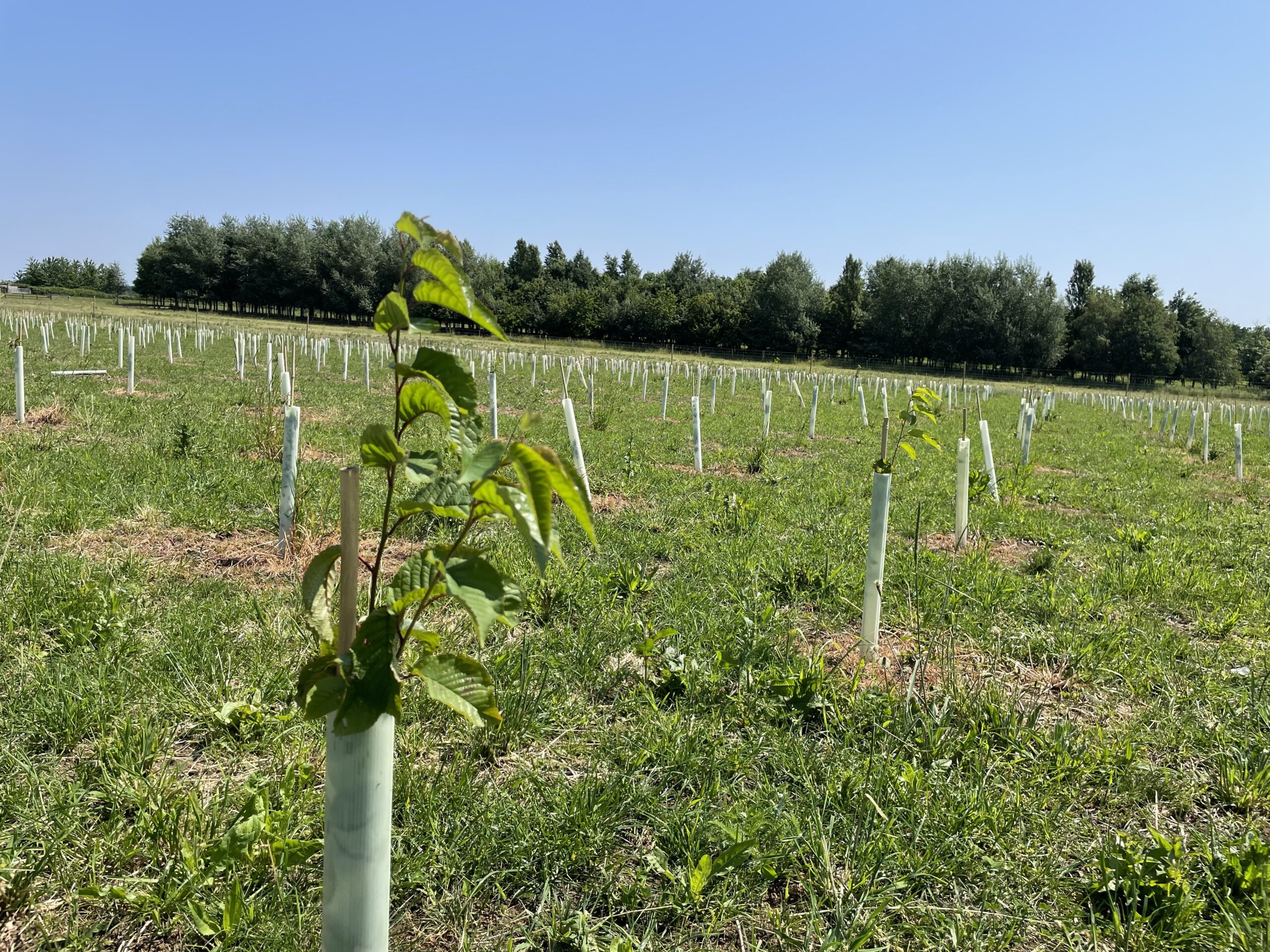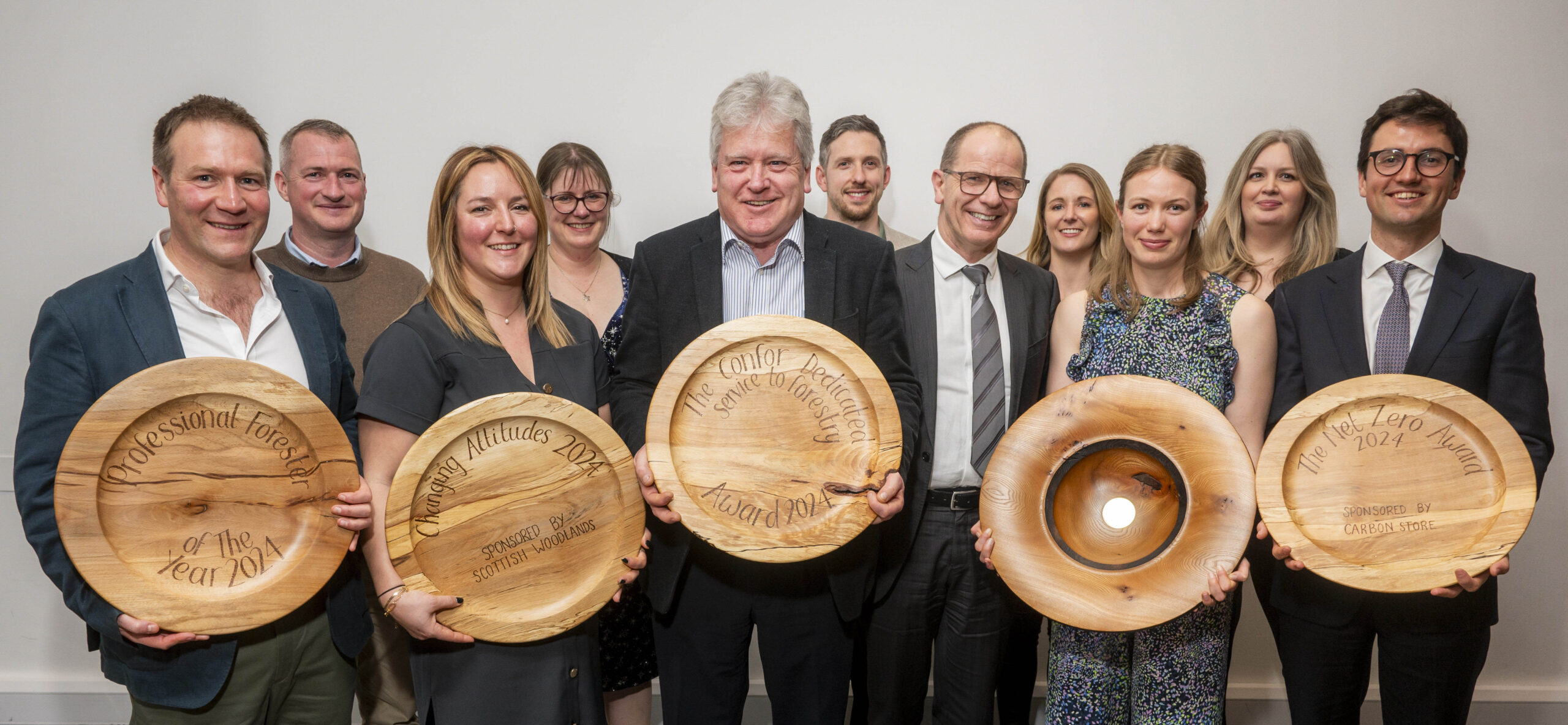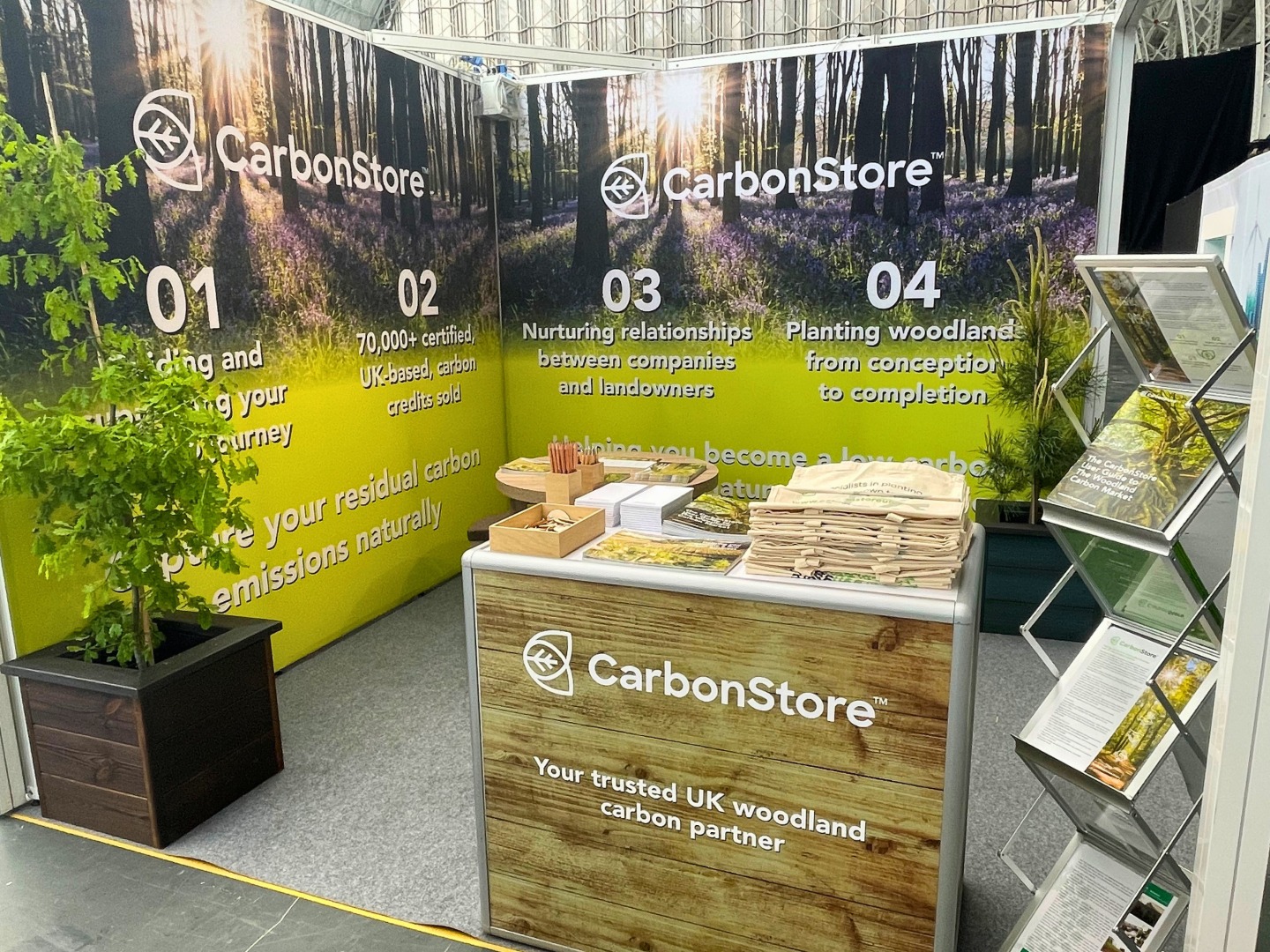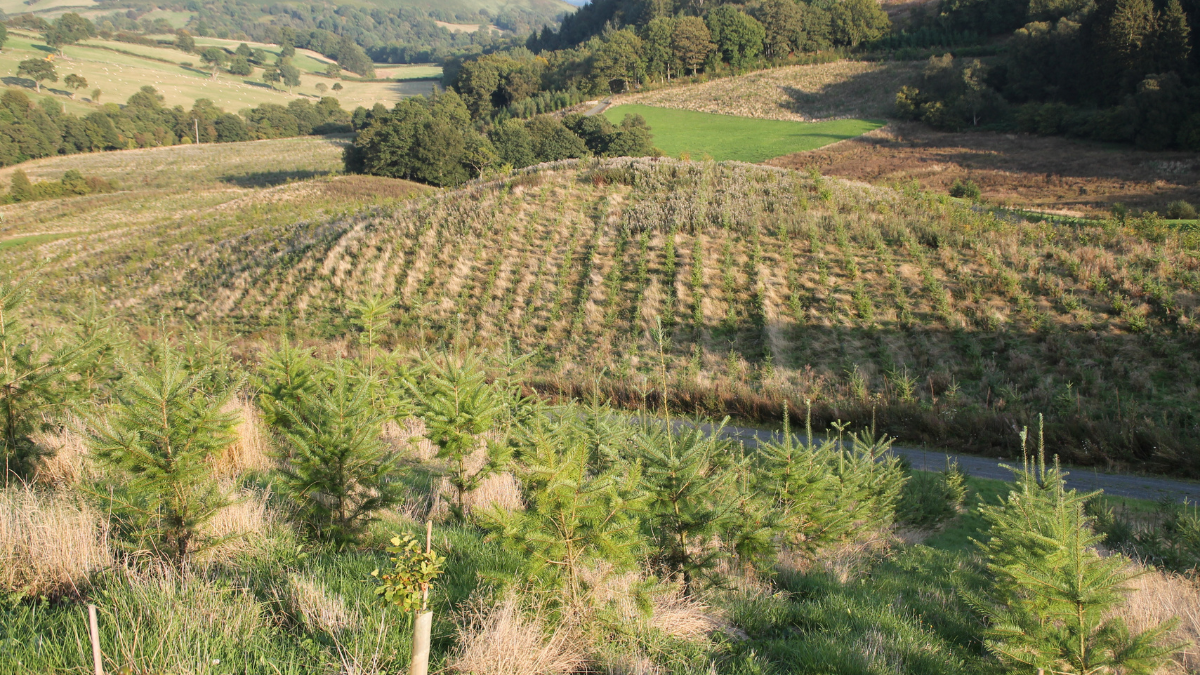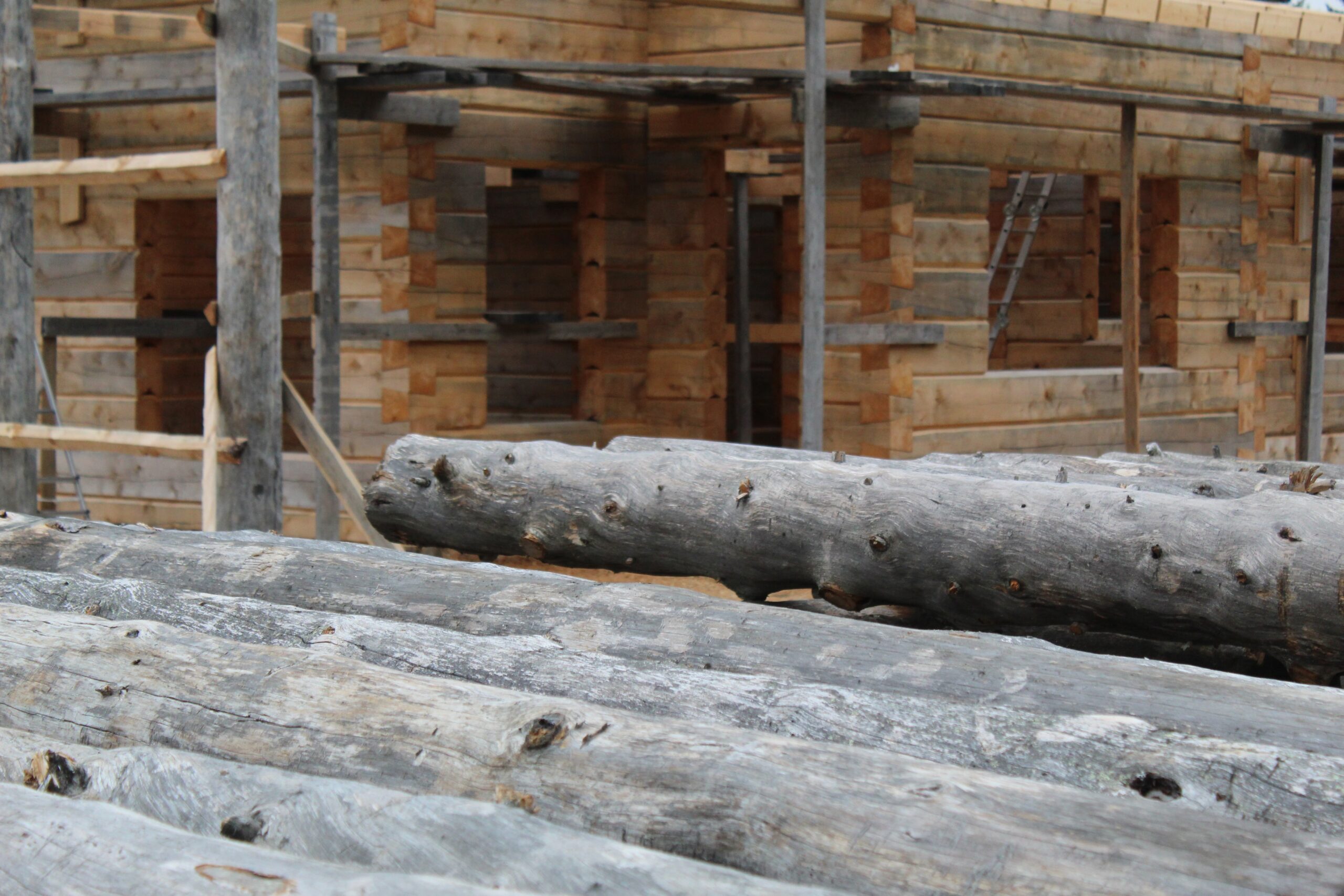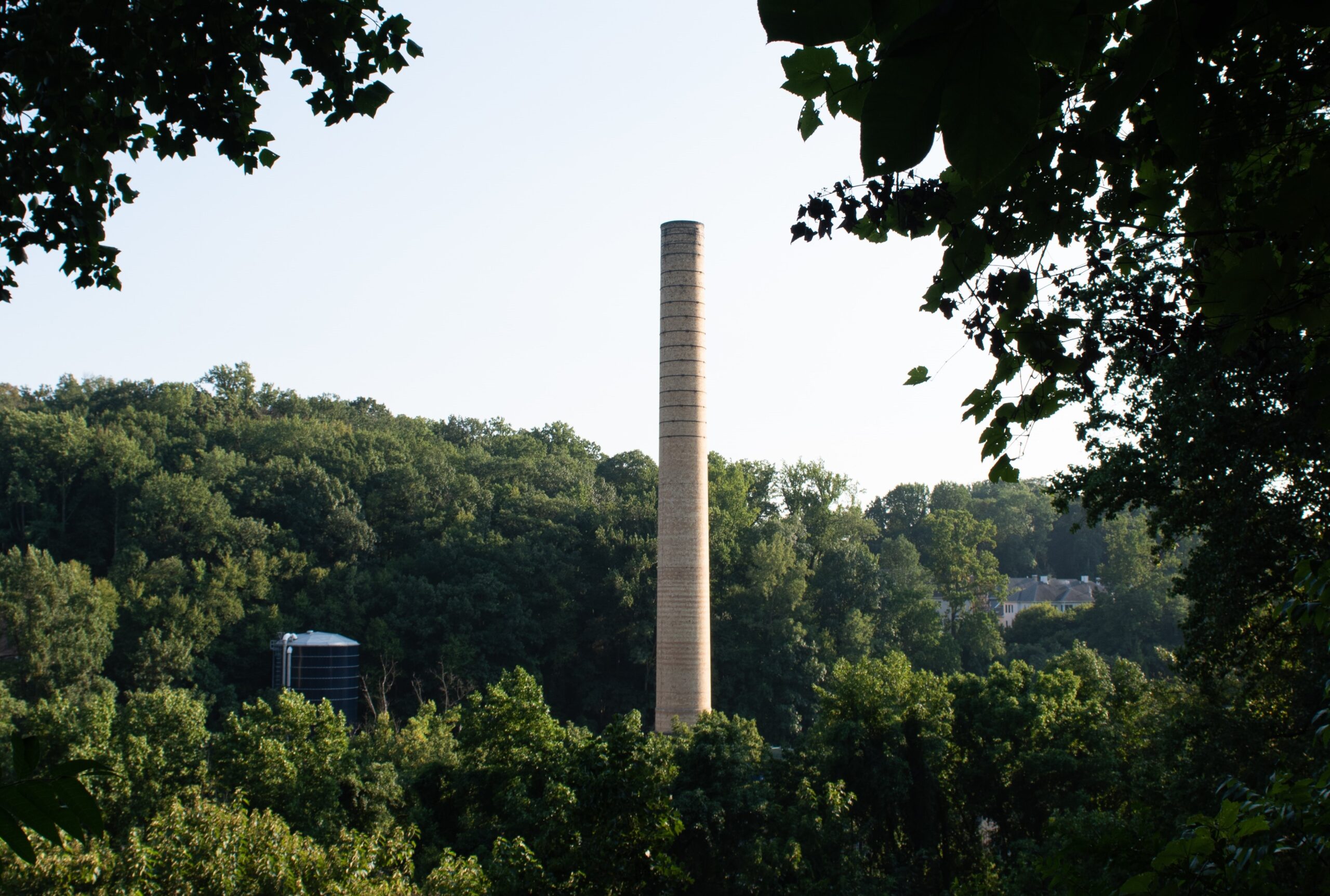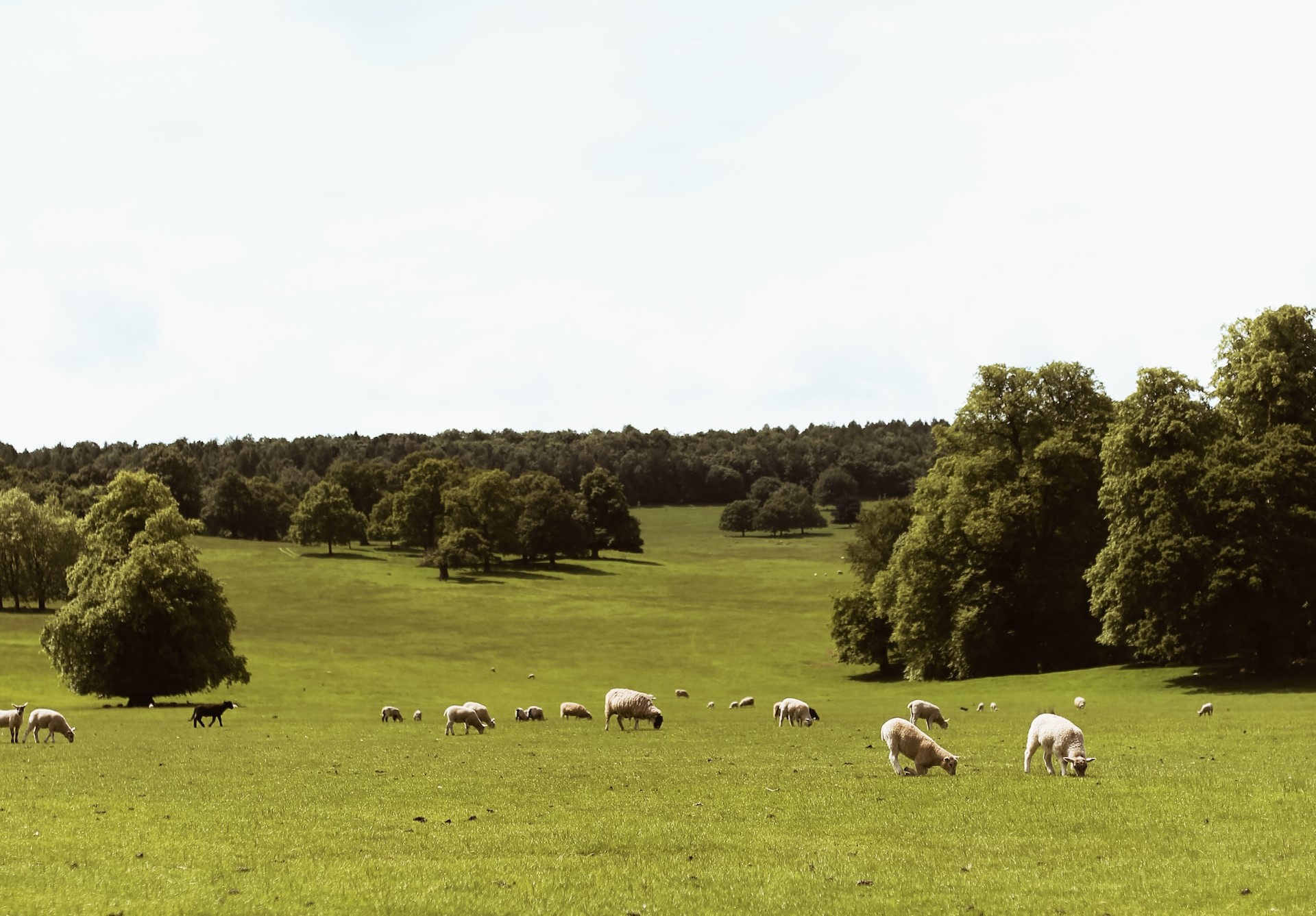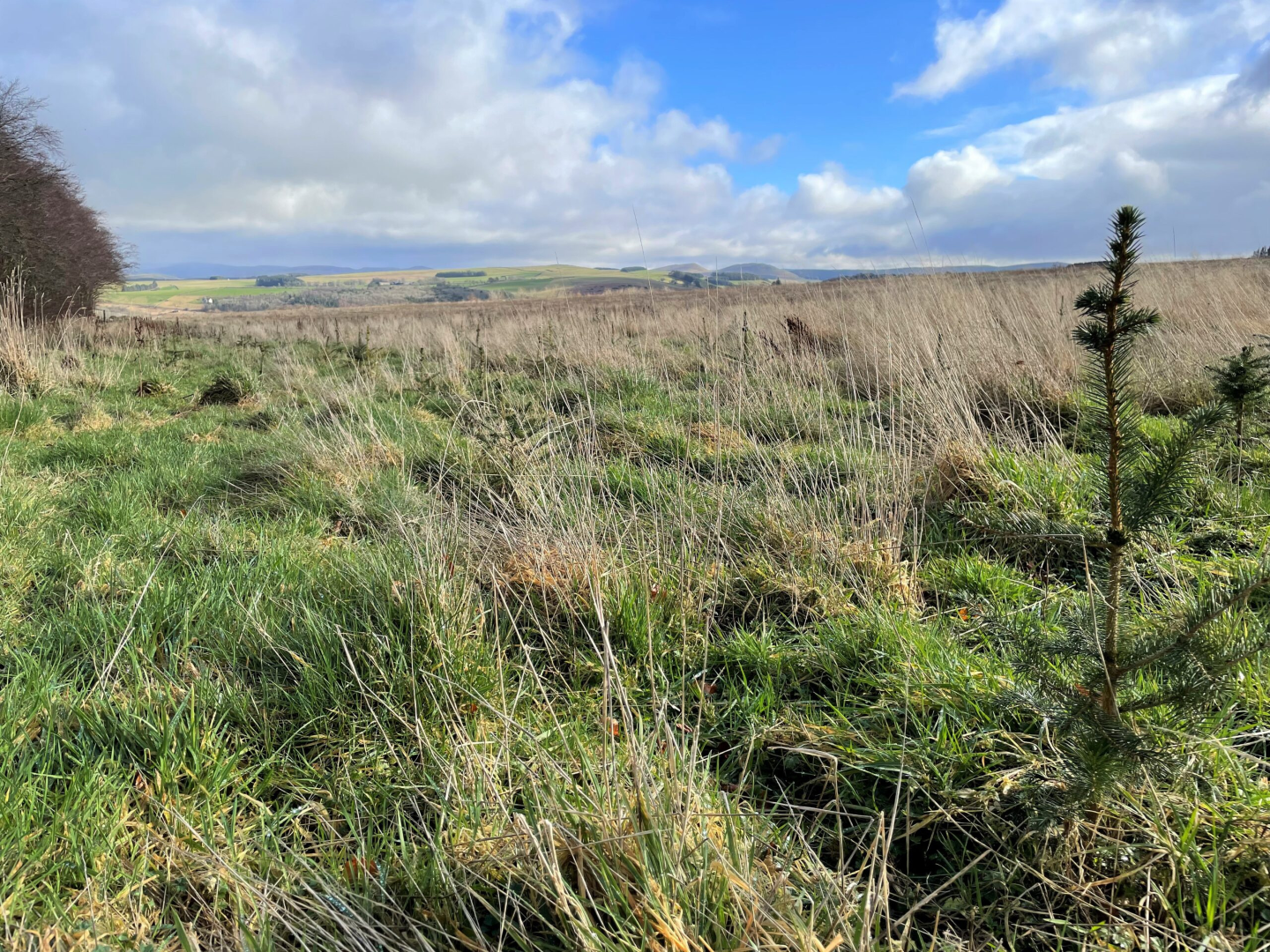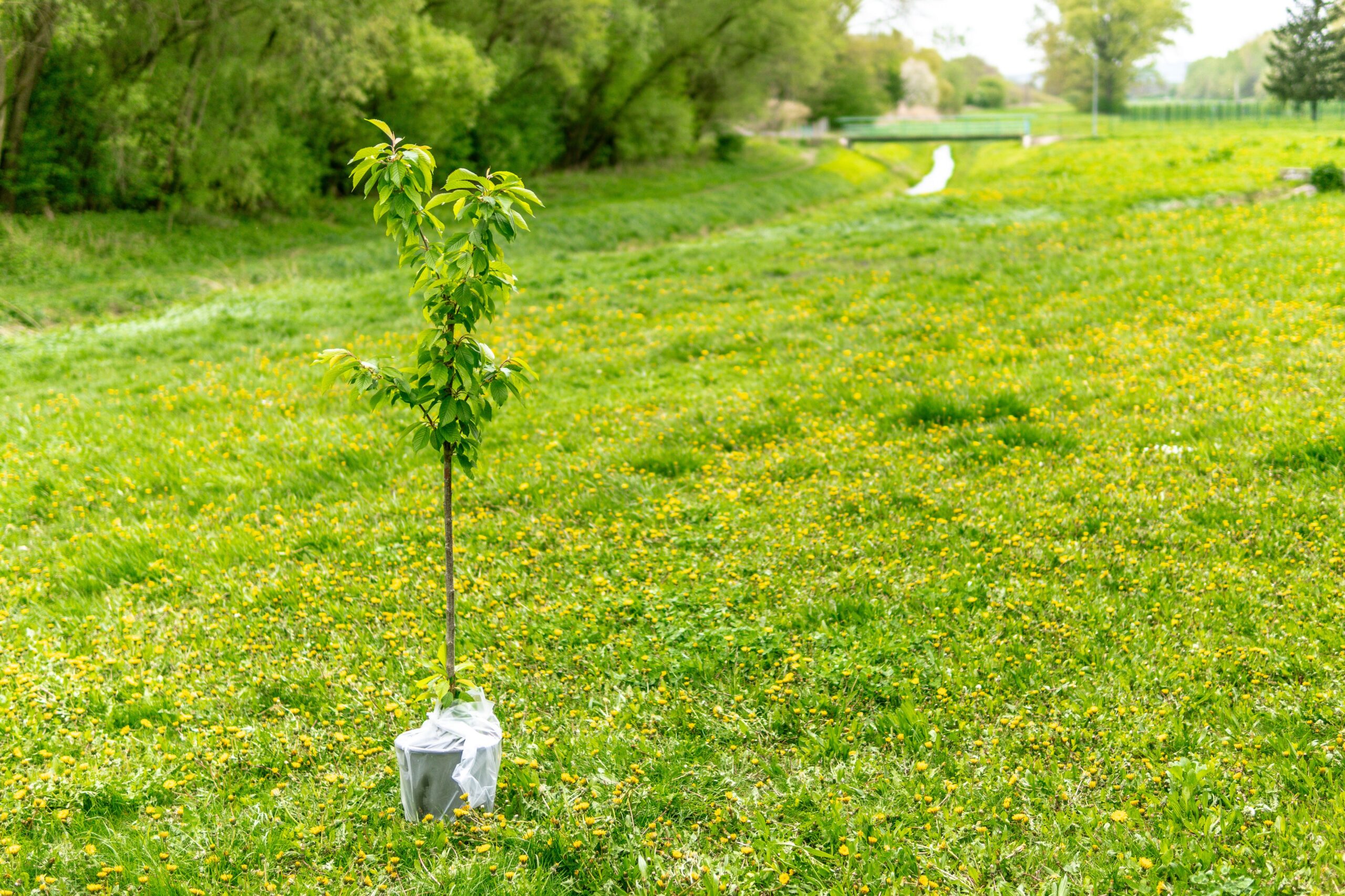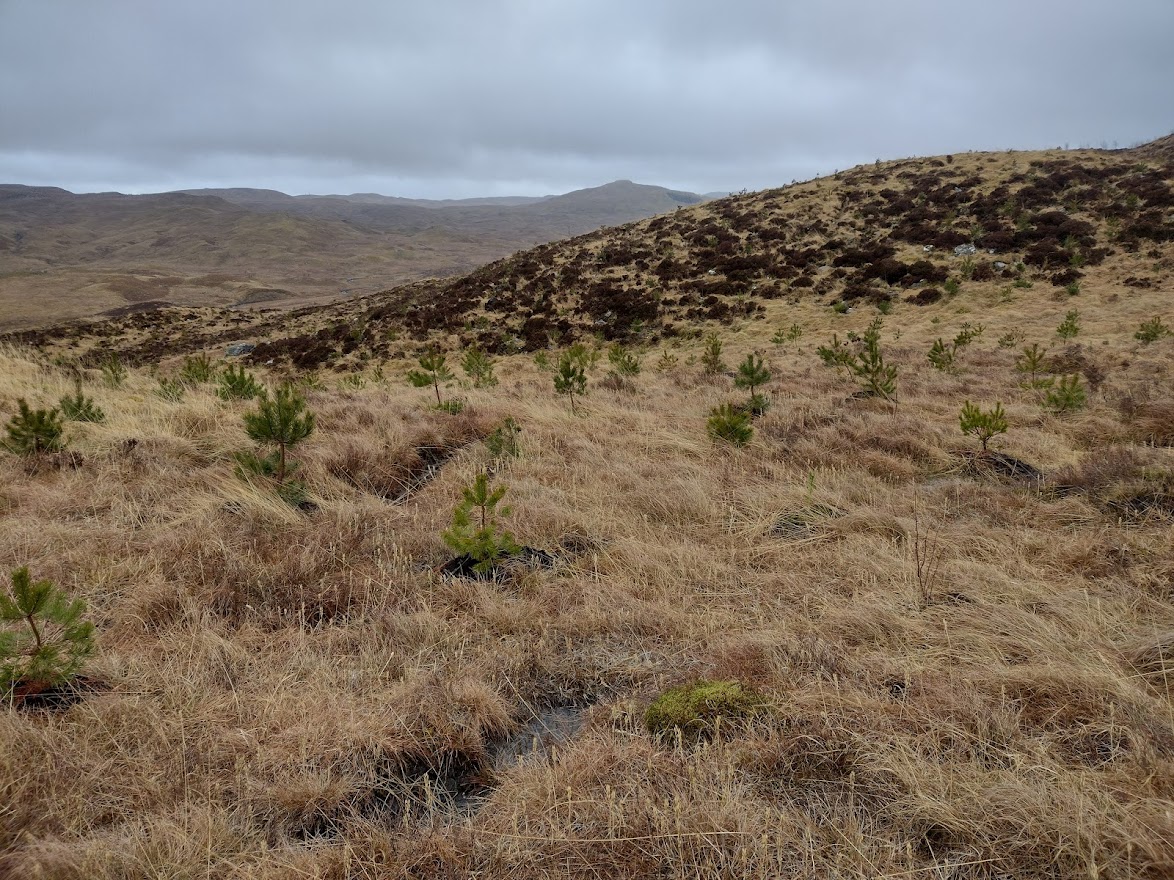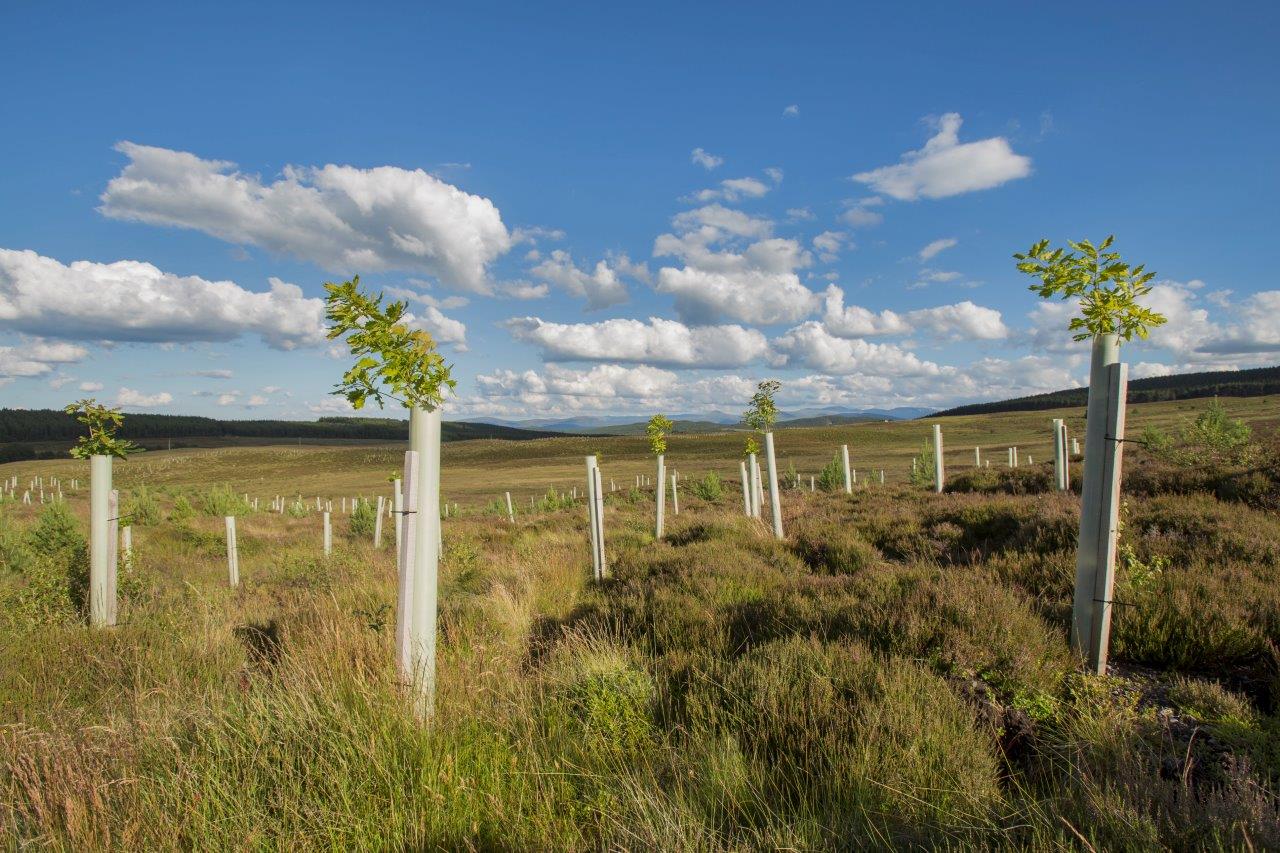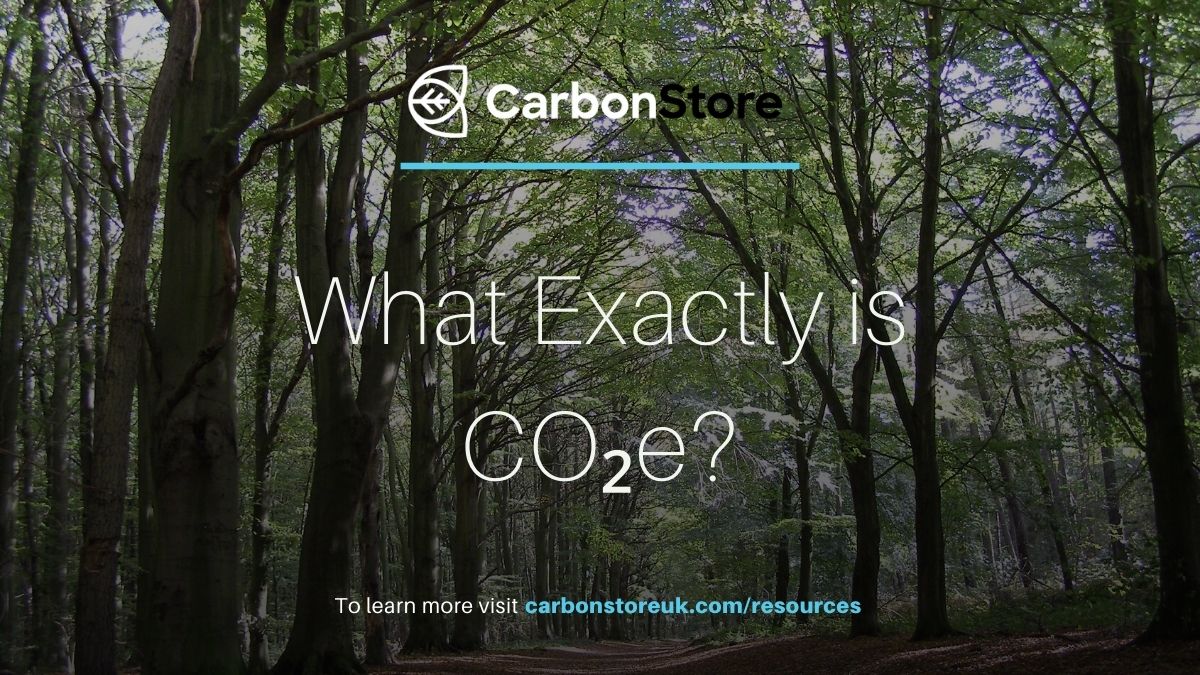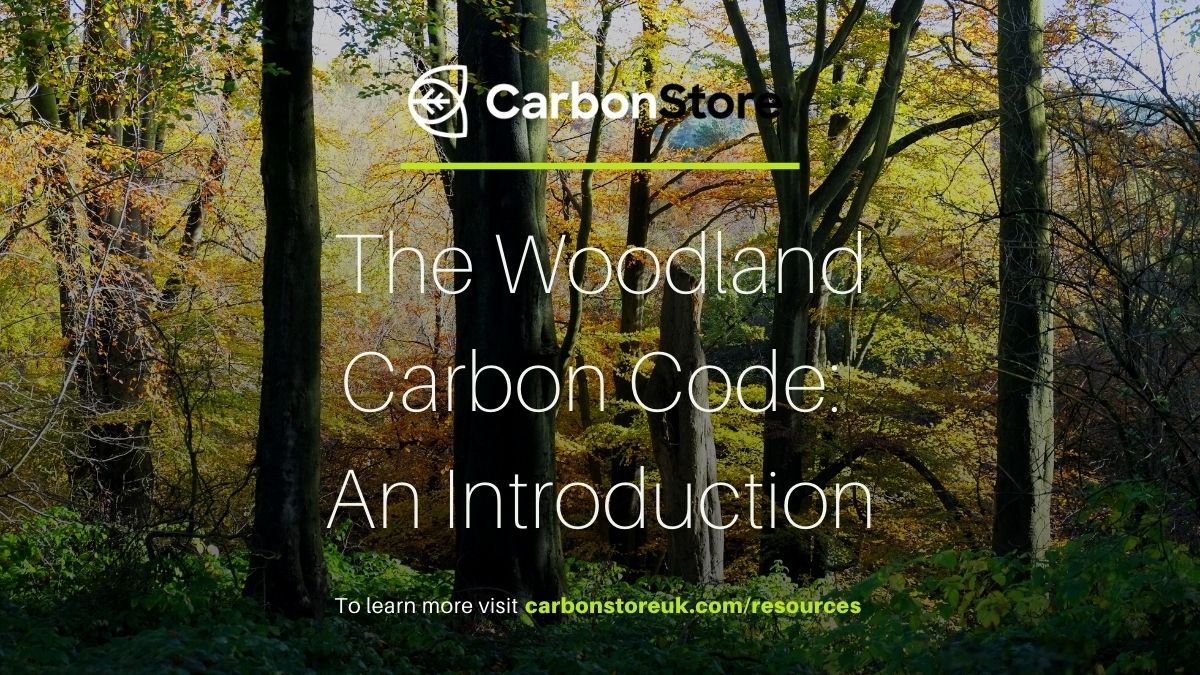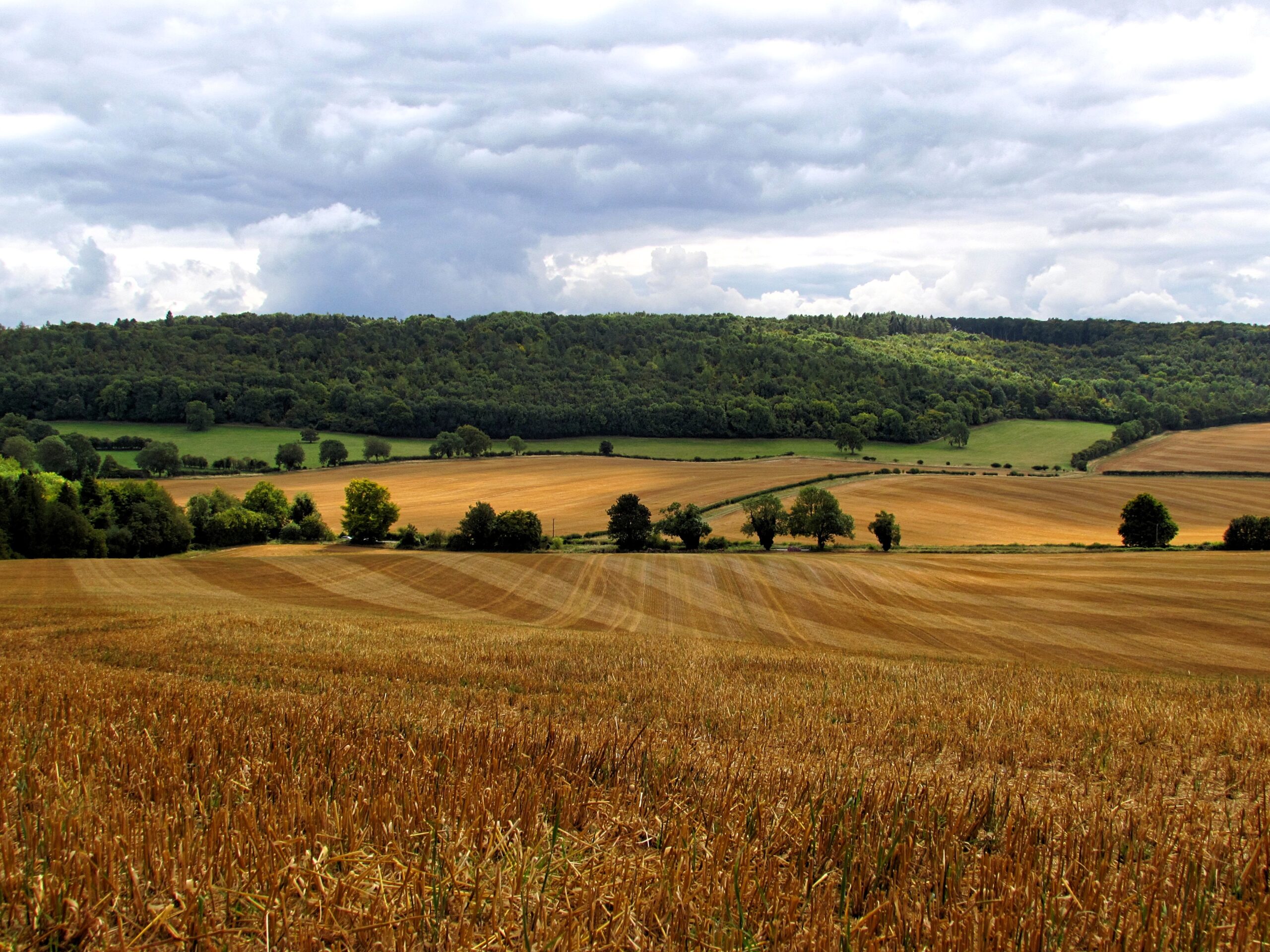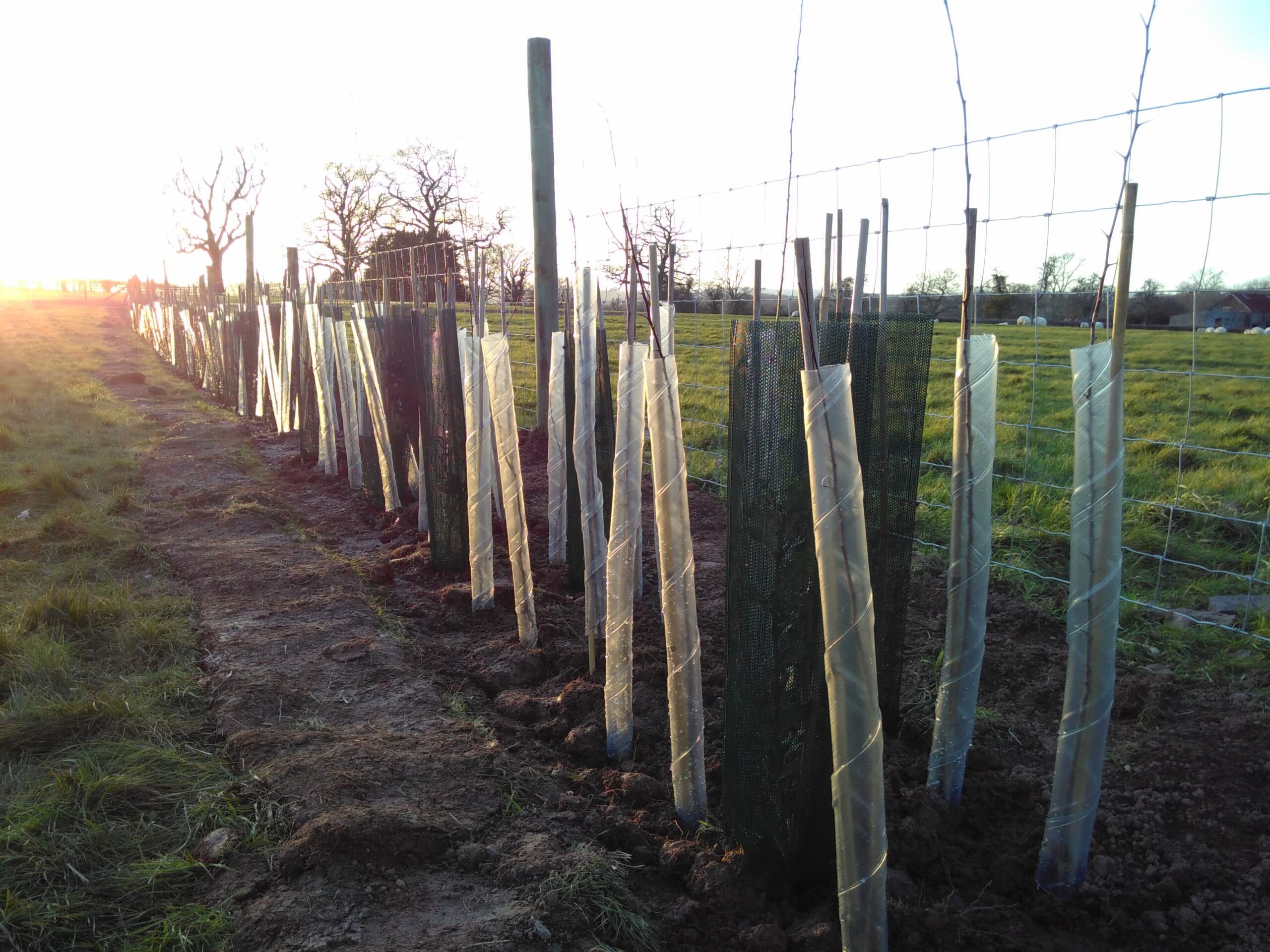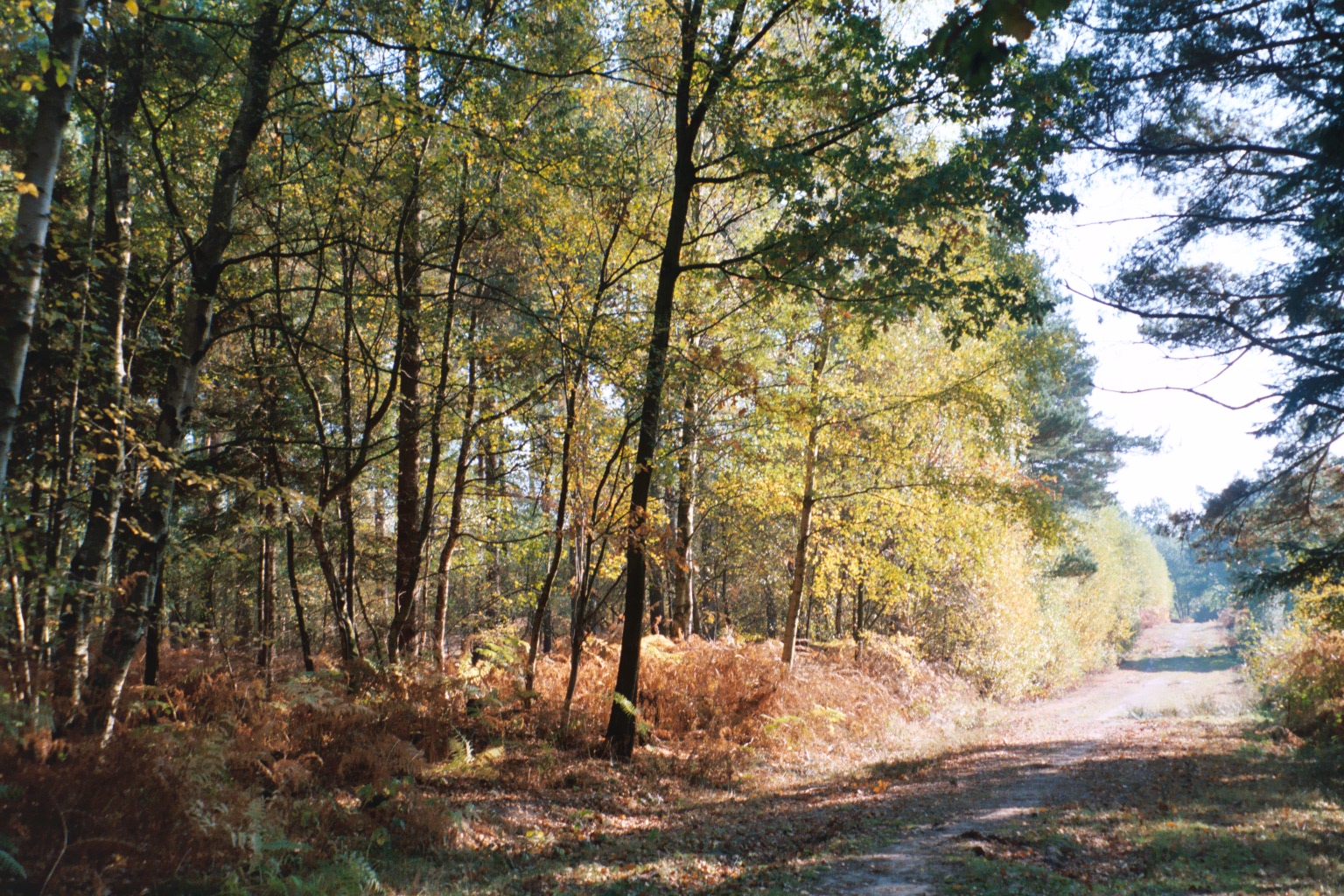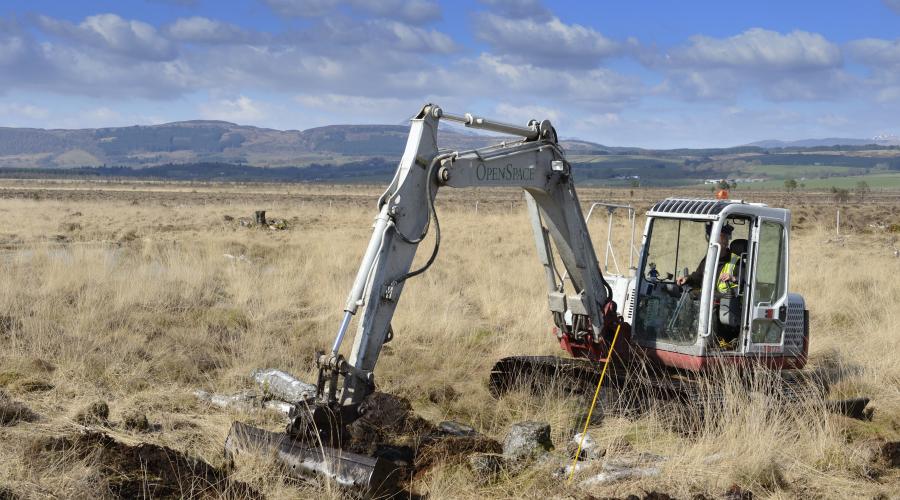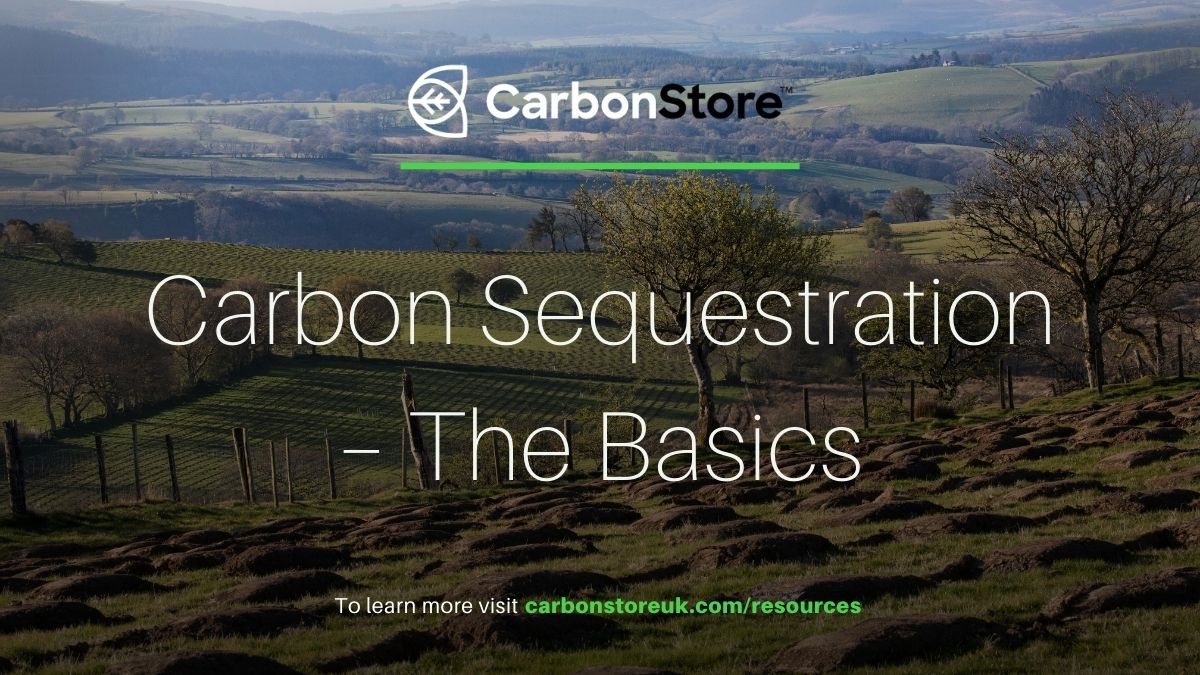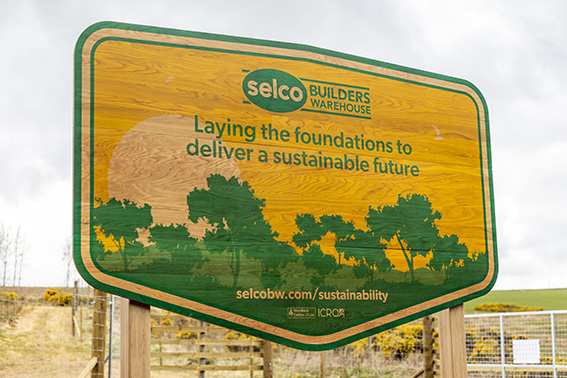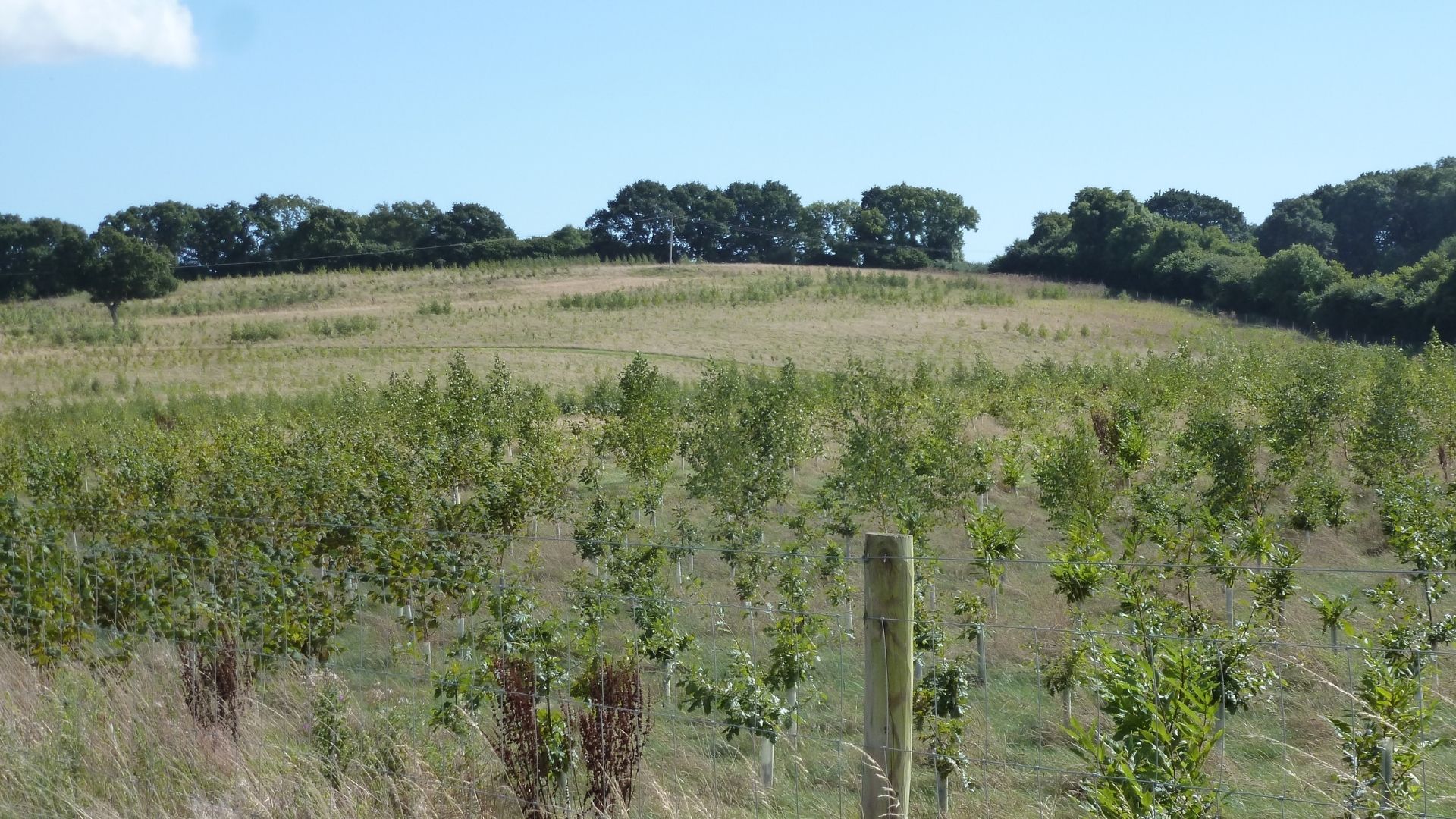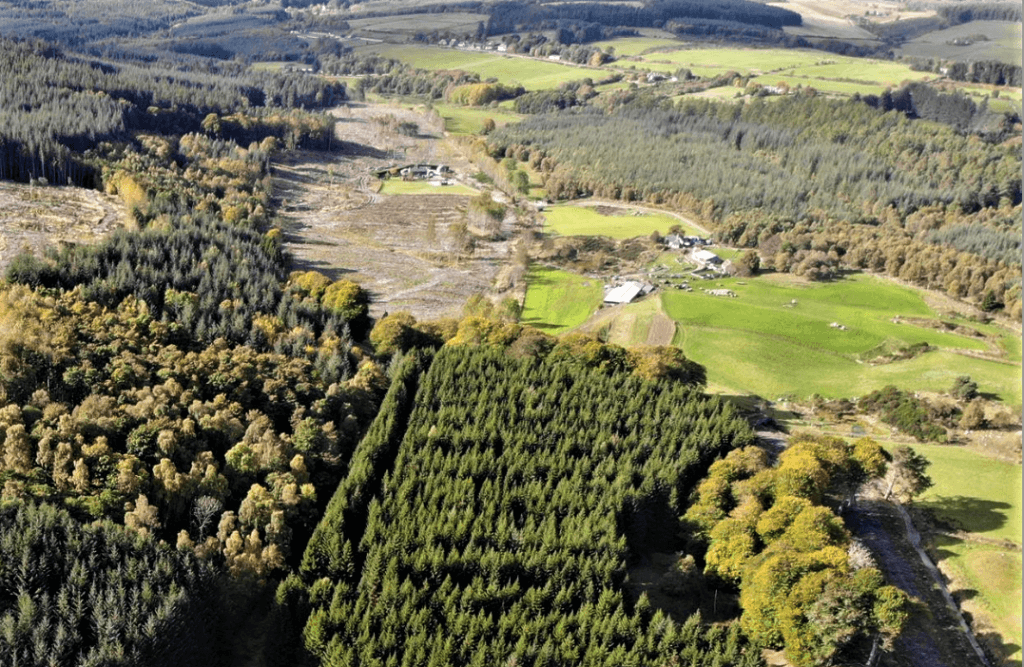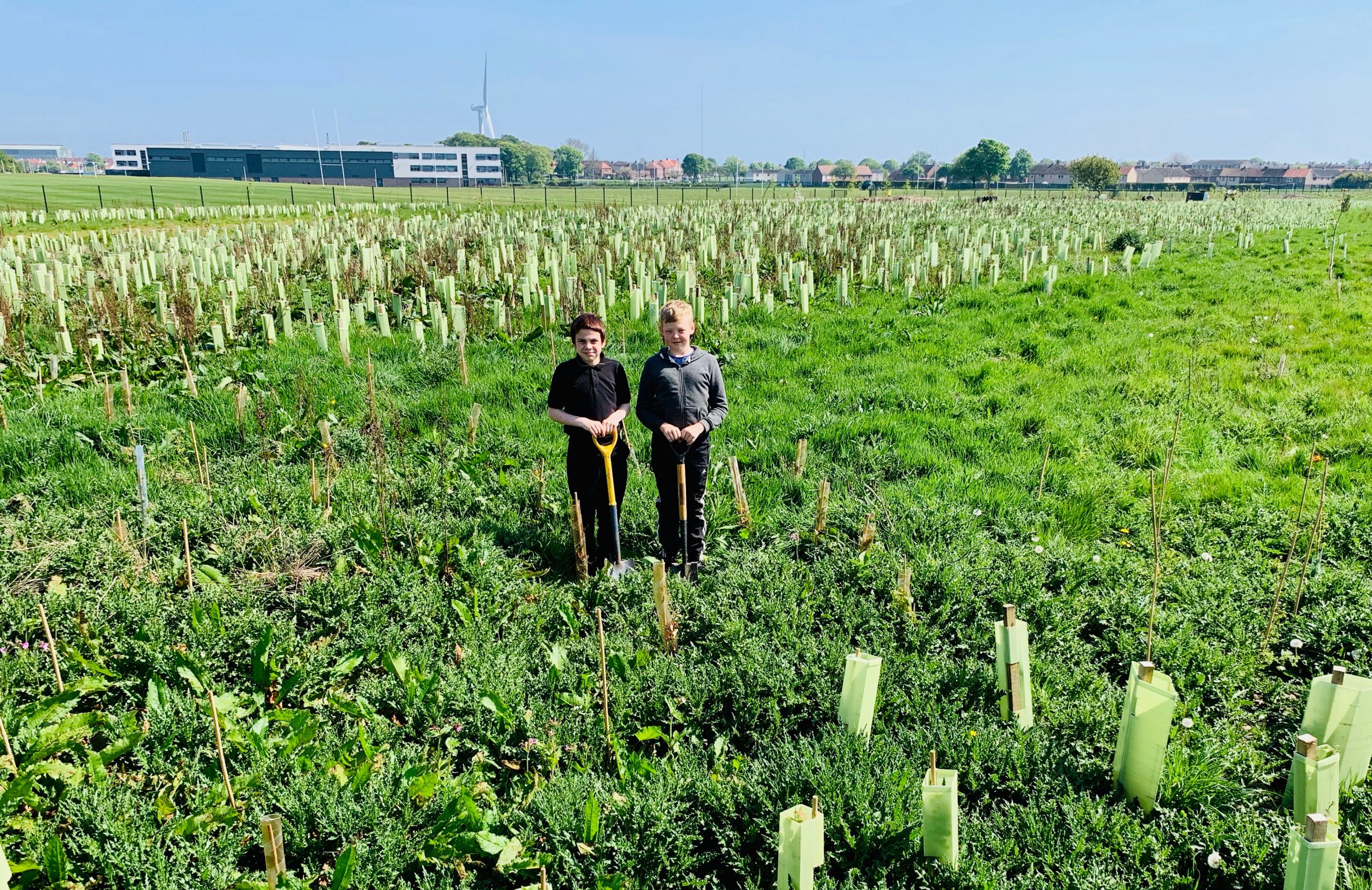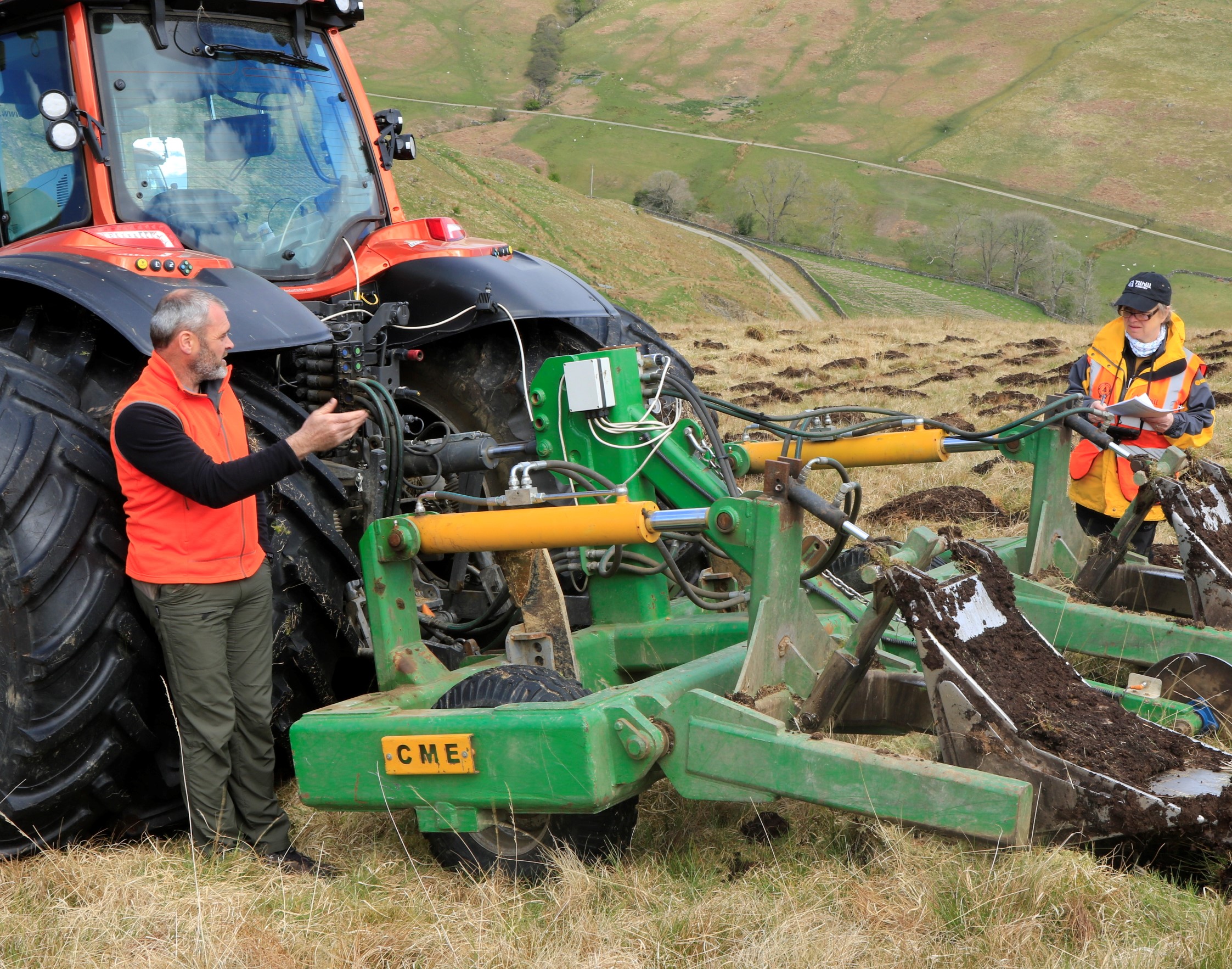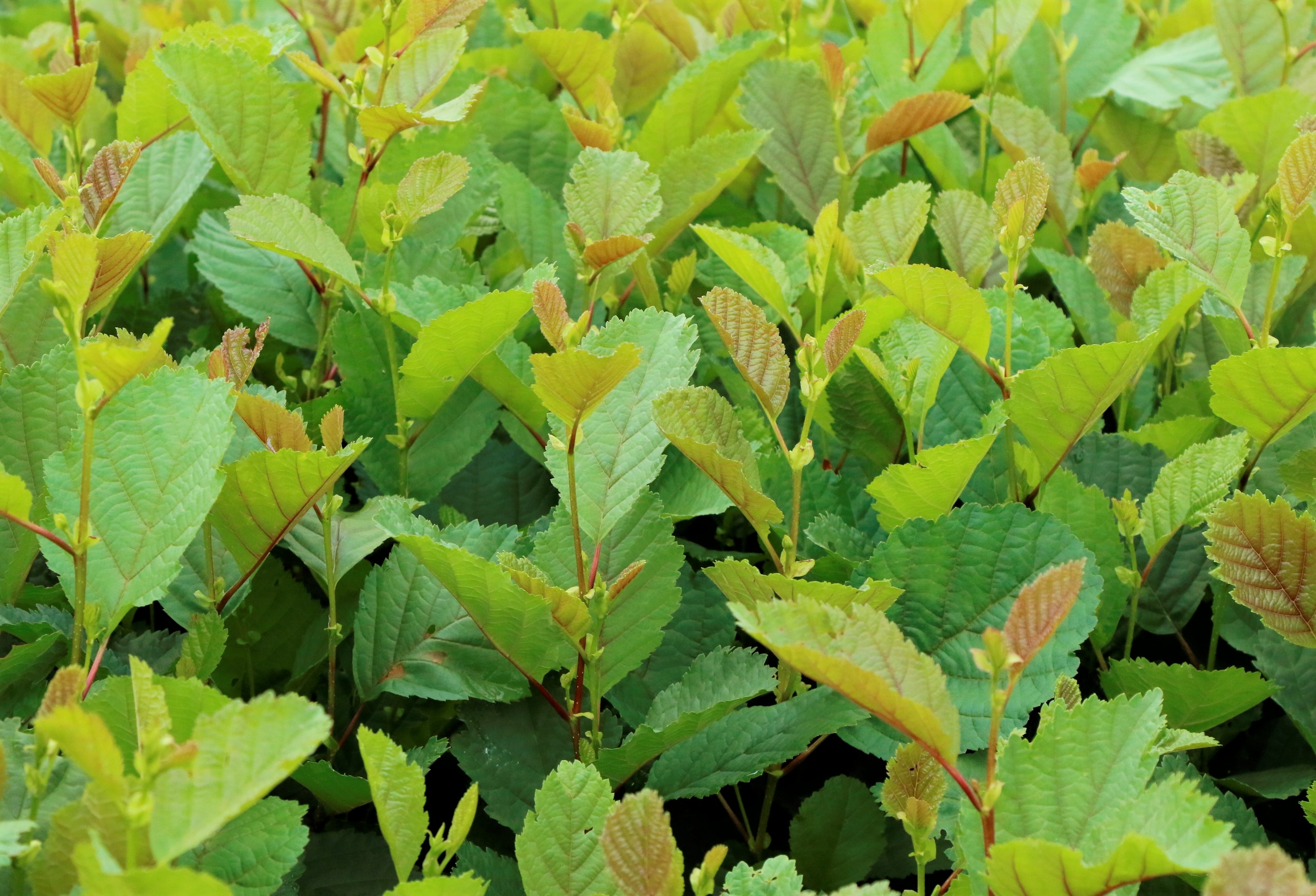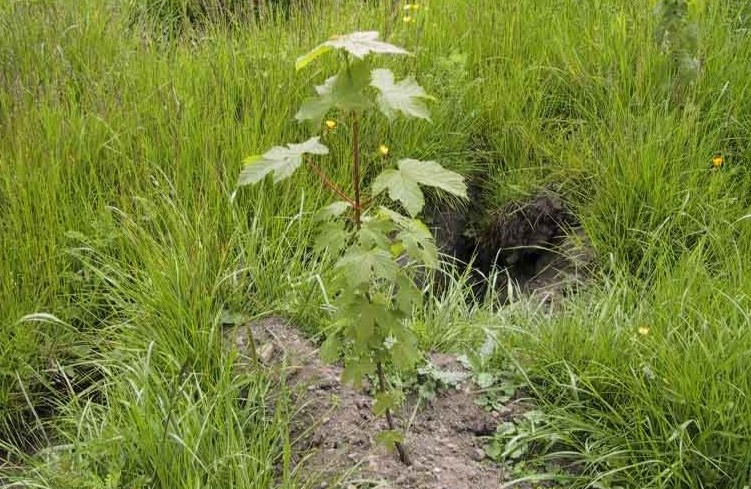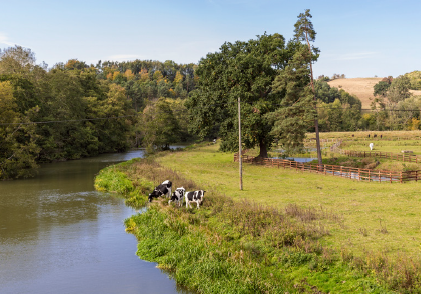The intricacies of the Woodland Carbon Code present many potential pitfalls for landowners seeking to capitalise on their newly planted woodland’s carbon sequestration capacity. Some agents/brokers purchase Pending Issuance Units (PIUs) directly from landowners and then hold them, as inventory, while they look for a corporate buyer for the PIUs. (Please note that CarbonStore operates differently, introducing companies to landowners).
In the accompanying contract, these agents are intentionally vague and unclear as to the actual number of “emissions reductions” which they are buying from the landowner. The reason behind this only becomes clear when you dig into the details of the Woodland Carbon Code’s calculator and its methodology.
When determining the number of Woodlands Carbon Units (WCUs) which an area of woodland is expected to sequester over its duration, the Woodland Carbon Code adopts a rightly cautious approach, especially when allocating how many of those WCUs may be sold in advance as Pending Issuance Units (PIUs), their forerunners. As a result, once the Code’s calculator has computed the number of WCUs a woodland will generate, it then applies two large “haircuts” (or discounts) before revealing the number of PIUs which can be sold in advance.
One of these discounts is clearly displayed in the calculator’s workings. The other is more opaque. A proper understanding of the two requires a detailed explanation of the calculator’s “nuts and bolts” but please bear with me through the technicalities; even on a 10-hectare woodland, a proper understanding of this could prevent you signing away ownership rights to WCUs worth over £15,000.
When you have completed the various sections of the carbon calculator and inputted your scheme’s specific details regarding its duration, the species mix, its size and yield class etc, the calculator presents you with three figures which appear both conclusive and final:
- “Total PIUs in Vintage to be Listed” i.e. the total number of PIUs that will be commuted to WCUs at each verification. This is added up in the tables bottom column to present a grand total.
- “PIUs to Buffer” i.e. the number of PIUs which will be allocated to the Woodland Carbon Code’s buffer when commuted to WCUs, representing your contribution to the Code’s insurance scheme which it taps into if, for example, a woodland burns down and the accompanying WCU’s (and their CO2) literally go up in smoke.
- “PIUs to Project” i.e. the total PIUs to be listed minus the PIUs to buffer. This represents the total number of PIUs which the owner can sell immediately after the scheme has been planted and validated, or checked, by a third-party auditor.
It is a common mistake to assume that “PIUs to Project” match the total number of WCUs which your carbon-oriented woodland will generate over its lifetime. This is NOT the case. If the woodland grows as it should, the total number of WCUs will be 25% higher than the “PIUs available for sale.”
Behind the scenes and before the “Total PIUs in Vintage to be Listed” are calculated, the code’s calculator applies its first “haircut.” This involves reducing, by 20%, the total number of WCUs which the Code’s scientists actually expect the woodland to sequester. The “Total PIUs to be Listed” is therefore presented with this initial 20% discount already subtracted. In effect, it is another insurance policy.
A PIU represents a “promise to deliver” one tonne of sequestered carbon dioxide in the future and can be sold immediately after a tree has been planted. The scientists developing the code’s calculator were especially keen to err, wherever possible, on the side of caution; they did not want undue optimism in the assumptions on tree growth to be responsible for any false promises or undelivered units.
This insurance policy is returned to the landowner once their PIUs have been checked and the carbon sequestration capacity has been verified. In practice, this means that, when the project is verified (every, 5, 15, 25 years etc.) the number of verified WCUs is likely to be 25% more than the total number of PIUs that are listed in the IHS Markit Registry at each vintage. This additional 25% will be fully owned by the landowner who can sell them on, just like his other WCUs.
The Woodland Carbon Code is relatively new and, as the above shows, its workings are complex. It also shows how it could be susceptible to “opportunistic manoeuvring” by advisors whose profitability hinges on minimising landowners’ returns. We, at CarbonStore, are anxious that you engage with a credible advisor who fully understands every aspect of the Woodland Carbon Code to ensure you get the best value.
If you are asked to agree to sell all the emissions reductions originating from your carbon-oriented woodlands, it is vital than you understand fully the actual volume of units which you are agreeing to sell. Please contact us with any questions about the above and we would gladly explain more. Our website (www.carbostoreuk.com) strongly emphasises our integrity and our transparency. This article is a compelling example of that.


